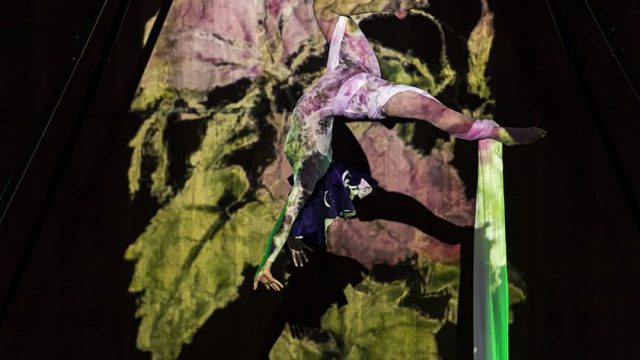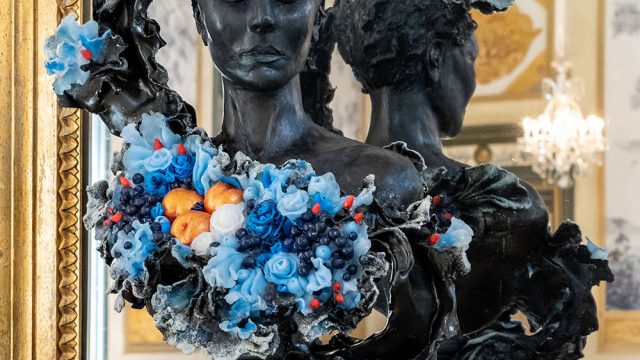
I was in the ‘hidden’ Museum the other day collecting basketry materials I have had stored there, and was instantly back in the special atmosphere of stillness, silence, warmth, and a plethora of miscellaneous objects. The stuff has stayed as there was a complex arrangement necessary to transport natural materials into the building in case they carried disease. So once in, the willow and bark, rush and Iris leaves, stayed until used up or no longer needed. Everything, tightly wrapped in heavy polythene and sealed with parcel tape, went into the Conservation Dept freezer, to be kept at minus 30 degrees for 3 days and then brought slowly back up to room temperature. Everything came out fine, a bit to my initial amazement, but is brittle and will shatter when just taken out of the cold – heavy gauntlets very necessary! So I back packed stuff home and have another small amount to collect, the last of my physical presence in the Museumfor the moment.

The room I collected from is part of the magic back corridors and spaces tucked away behind lost doors – hidden collections everywhere. Here were rows of mannequins, waiting for their debut, rails of clothes, static but also waiting, clothes for the Grace Kelly tour, stands for information, waiting blindly for their texts. I was enthralled by the repetitions and flashes of light and reflection, more excited than I have been for a while. These images will stay.

The larger Studio in the Sackler Centre has a lost door from it, not open to the public, onto an Escher staircase, rich red paint, many floors, square stone banister rails, round and round, or square after square. As you came up it the Studio was announced as ‘European Ornament’ and I was pleased to fill that role. At the moment there is a photographer there, and there are many Open Studio sessions where the public can see work, finished and in progress, and talk with the Artist. There is a Poet working next door too, so double treat. At ground level there is an entry for collection and delivery which you can see into from Exhibition Road, curved roof, colourful tiles, spectacular.

During my Residency I was struck that although there weren’t many baskets in the Museumon show in the Museum(Japan Gallery and the British Gallery have some) there was a large number of baskets of various designs used everywhere but, as so often, completely unregarded. They are used by many curatorial staff and others for carrying small items of the collection around the Museum. Most are square (which term covers rectangular in basketry) and shallow, so deep trays and all are of fine English make, as far as I could see. Who made them? When were they acquired by the Museum? Are the accounts for these tucked away in a file somewhere? It was a delight to see them being carried about, so strong, and well made. When Rupert Faulkner brought baskets form the Japancollection to the Studio (more later) her brought them in an oval shopper with cross handle and said it was the safest way.


